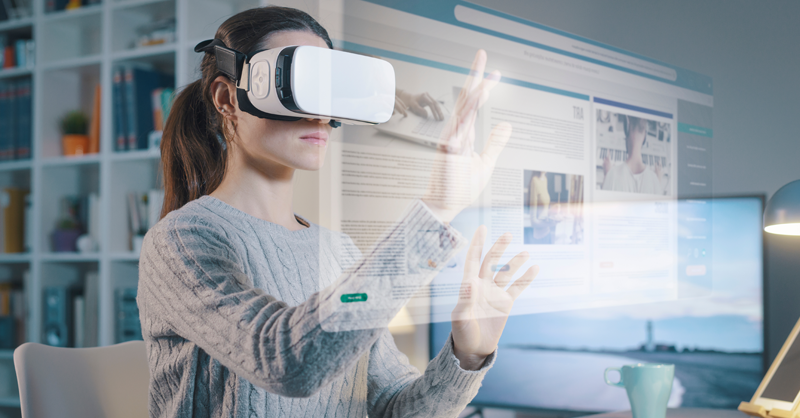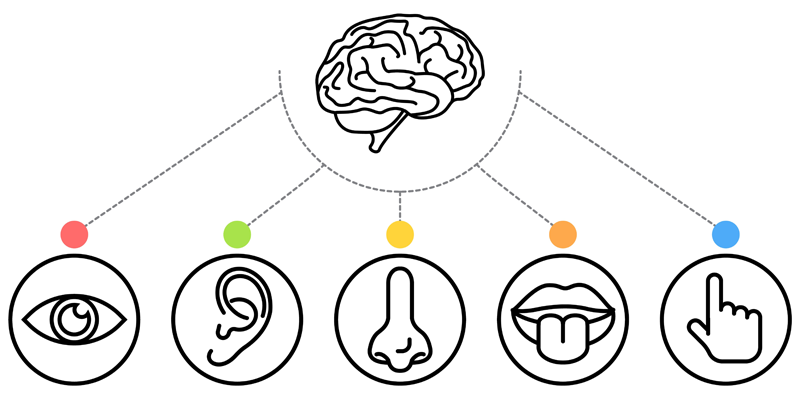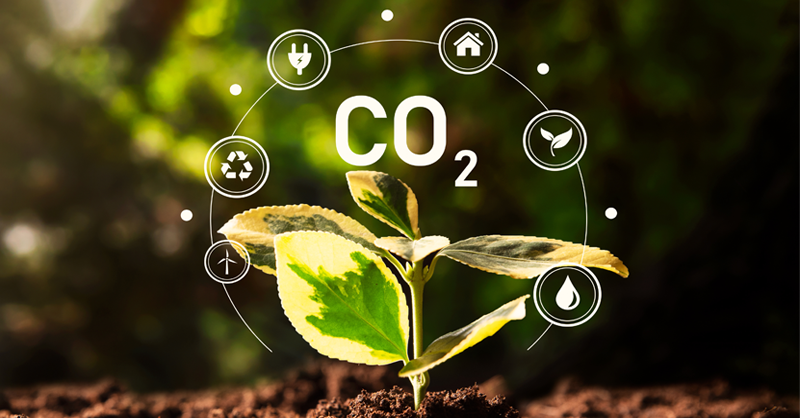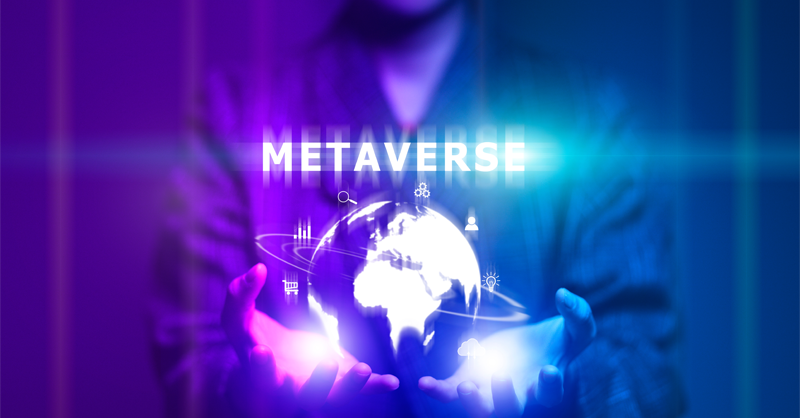Nikolai Kazantsev (IfM, University of Cambridge), Russell Goh (IfM), Bethan Moncur (IfM), and Chander Velu (IfM)
Our project aims to provide a coherent interdisciplinary summary of established knowledge from academia and practice on the application and potential benefits, barriers, and risks of a metaverse in manufacturing, mainly focusing on bridging technical and social insights.
Metaverse is expected to provide numerous benefits, particularly in production process optimisation, employee induction and collaboration. The most surprising research finding so far is just how varied the definitions of metaverse are. For our study, we define industrial metaverse as” a sensory environment that uses extended reality to blend the physical and digital worlds to transform how businesses design, manufacture and interact with objects”.
The existing industrial cases reveal technological barriers such as immaturity, lack of sufficiently strong communication networks and sustainability concerns. Other cases include cybersecurity risks like cyberattacks and data protection/privacy issues. The social barriers include jurisdictional and legislative difficulties, lack of cooperation between companies necessary to achieve interoperability and the need to change worker and user mindsets.

Figure 1. Industrial metaverse as a new interface to the products’ manufacturing system
Although the data suggests immersion as a driving force of the metaverse[1], a full immersion can not be achieved without impacting the senses and feelings of a user. For example, in sensory marketing, similar impacts (experience stimuli) are used to trigger purchasing intention (Dewey, 1925; Schmitt, 1999), however, in the physical reality. Hence, we envision a similar trend in the digital world, where an industrial metaverse will extend the numeric and graphical data (such as reports) into coherent immersive experiences that will also affect feelings, Figure 2.

Figure 2. Industrial Metaverse as a combination of senses stimuli
Our conceptualisation efforts aim to prototype an industrial metaverse that activates several senses (sight, sound, temperature, and smell) and test how the extended experience triggers actions.
“Highly promising results are expected for the intersection of resilience and sustainability,” said Nikolai. “For example, based on the sensory marketing research that positions smell as the strongest attractor for purchasing decisions, we aim to virtualise the production conditions with sight, sound, temperature, and smell and enhance experience stimuli in the metaverse. We think it will better inform purchasing choice and support the demand pattern for clean energy, ethical production, and fewer emissions along supply chains.”
After the first results of the systematic literature review, we wish to explore the feasibility of the extended reality to shift decision-making towards more expensive but more sustainable decision-making along the manufacturing value chain[2]. Over the following months, our research aims to exemplify our concept using a scenario based on food manufacturing system for chocolate production. To do so, we will integrate the popular Augmented Reality platform with audio, temperature and smell generator devices to extend the experience for a policy-maker, manufacturer or customer making a hard choice between a cost-efficient vs. sustainable manufacturing system. This prototype will be used as a sensory dashboard for an extended representation of material sources, production conditions, carbon footprint and energy sources to better inform the stakeholder about the impacts of their decision.
“Carbon emission, working conditions, and energy consumption remain underexplored in the real world but visible in the metaverse. Hence, the metaverse can be used to raise awareness about manufacturing systems.”
Yet, It is unclear if being informed on carbon emissions in real-time will impact manufacturers’ use of their machines and shift the regulation imposed by policymakers. For example, would the smell of burning Amazon forests shift a consumer’s decision-making closer to more expensive sustainable purchase better than the printed carbon footprint number on the product package?

Figure 3. Industrial metaverse as a sensualisation of real-time data sharing
The project has an open innovation philosophy, so we wish to create a discussion space around the metaverse application for manufacturing and are open to collaboration with the InterAct researchers and the industrial community.
To disseminate the findings, we plan to run a public event involving technology providers, industry, academia and stakeholders from the local public administration at the end of 2023.
References
Academic
Dewey, J. (1981). The later works, 1925-1953 (Vol. 3). SIU Press.
Schmitt, B. (1999). Experiential marketing. Journal of marketing management, 15(1-3), 53-67.
Petit, O., Velasco, C., Wang, Q. J., & Spence, C. (2022). Consumer consciousness in multisensory extended reality. Frontiers in psychology, 13.
Industrial
https://www.radiantvisionsystems.com/blog/creating-full-sensory-experiences-future-ar/vr/mr/xr
https://www.ericsson.com/en/6g/internet-of-senses
https://www.bitstamp.net/learn/web3/extended-reality-virtual-reality-augmented-reality-and-more/
https://www.designnews.com/augmented-reality/metaverse-will-engage-all-five-senses
[1]64% of industrial cases describe metaverse as a realistic user experience
[2] The team is considering to apply for further funding via the newly launched Impact Booster Competition of Made Smarter Innovation Challenge

